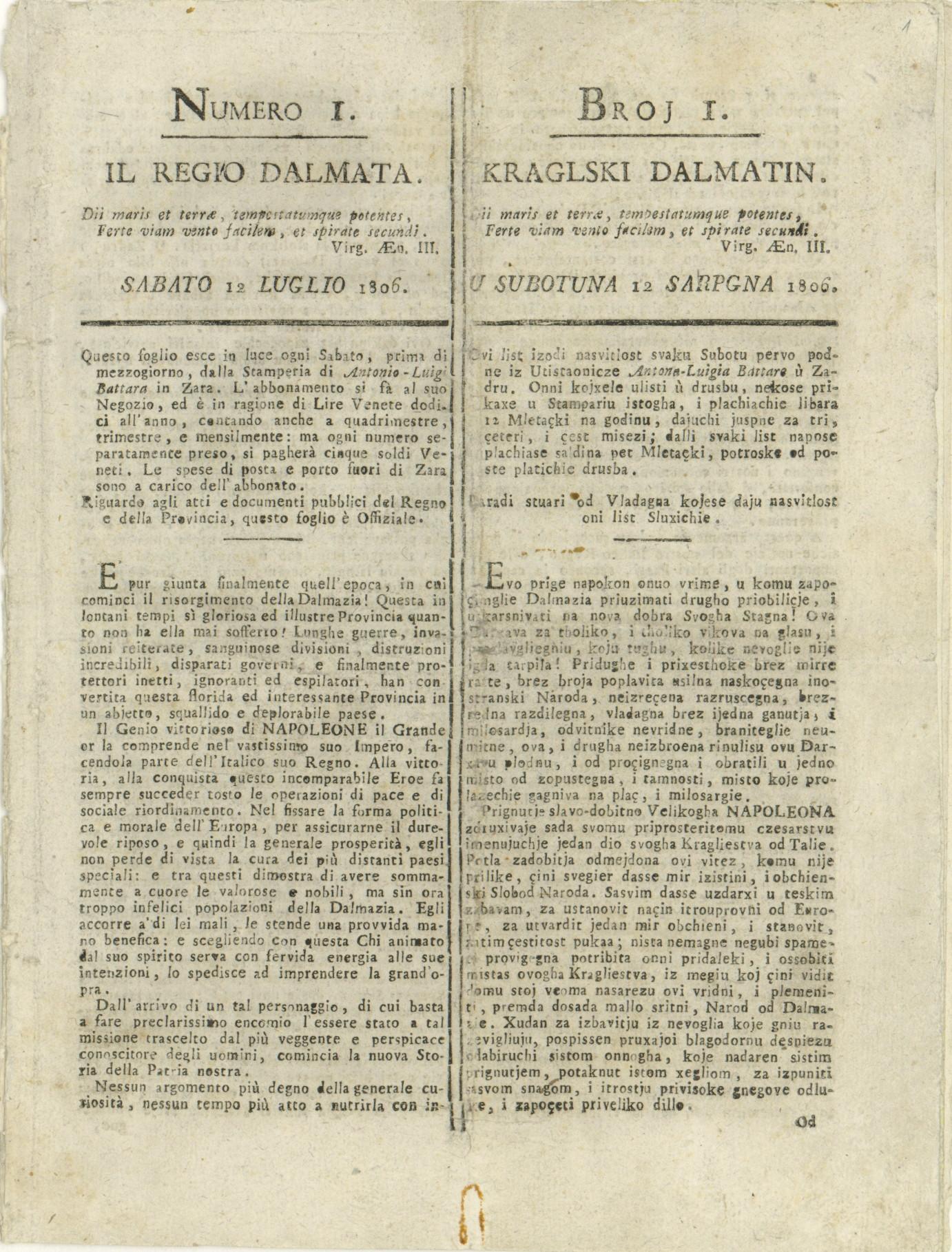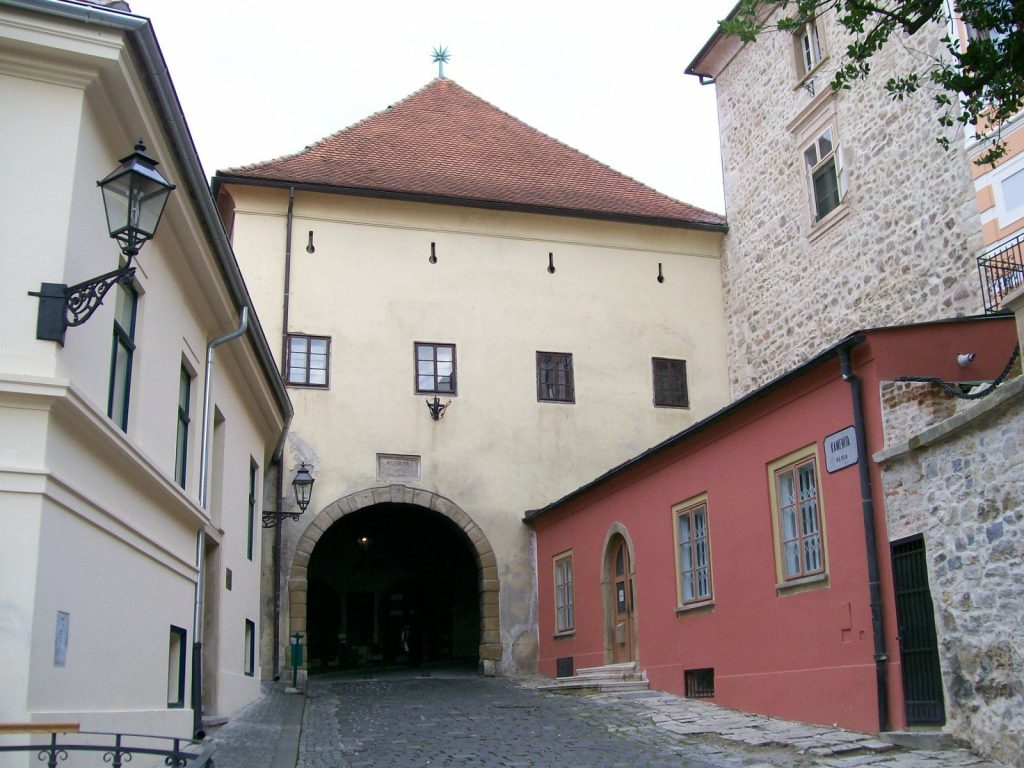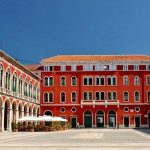Browse through Croatian history for this week, you may be surprised by what you read…
March 26
On this day in 1756, Empress Marie Therese issued a decree ordering the cessation of witch hunts, including the area of Zagreb. During the previous period, there were 326 women detained in what is today the Upper Town of Zagreb, 106 of them accused of being witches. They were tortured in the Stone Gate and most often burned.
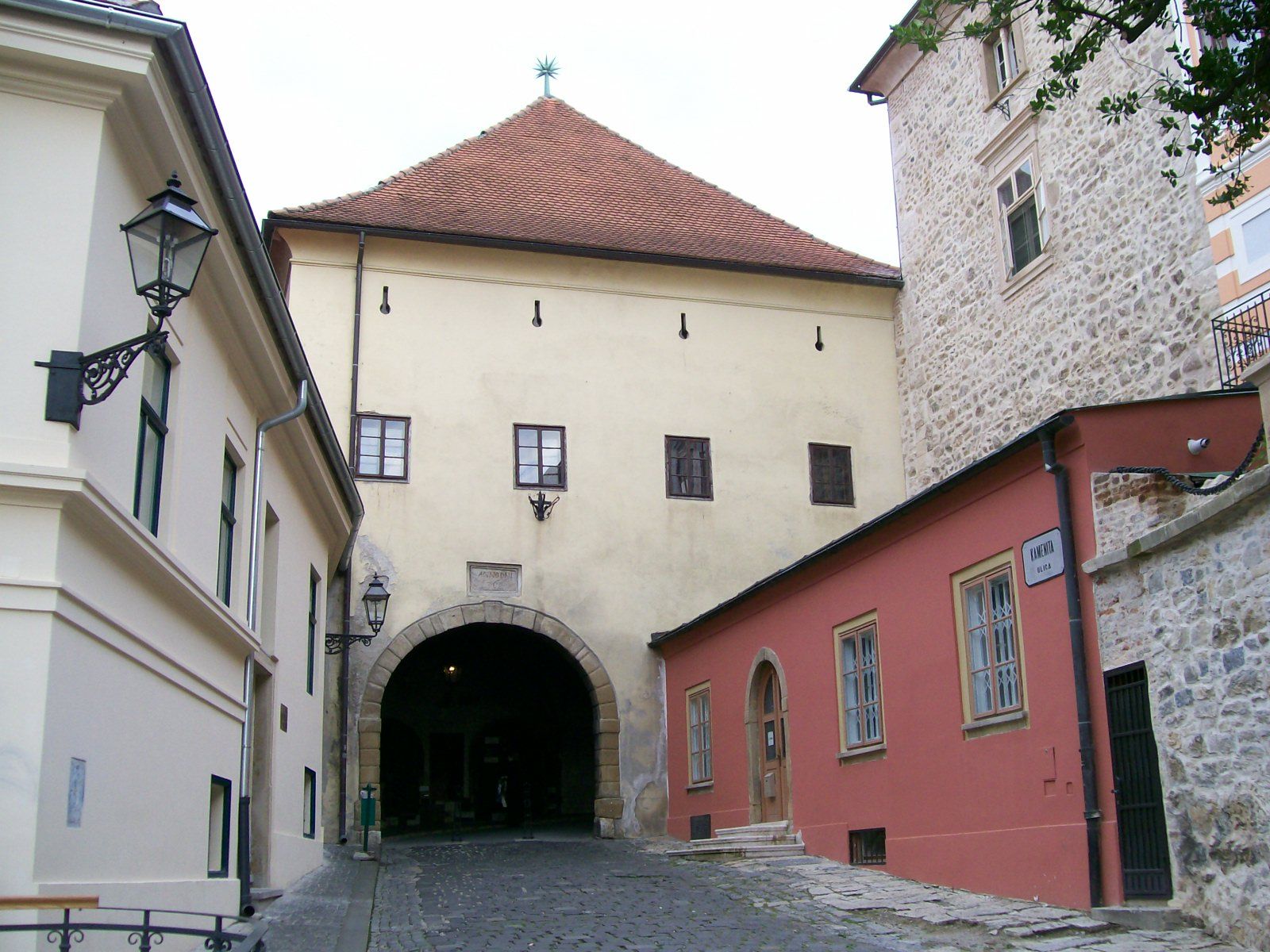
March 27
Born on this day in 1921, Ivan Rabuzin was a Croatian naïve artist. Rabuzin’s father was a miner, and Ivan was the sixth of his eleven children. Ivan worked as a carpenter for many years, and did not begin painting until 1956, when he was thirty-five years old. He had little formal training as an artist, but his first exhibition of paintings proved successful and he changed careers, becoming a professional painter in 1962. Rabuzin’s paintings included Avenue and My Homeland. He was active in politics as a member of Croatian Democratic Union, and from 1993 to 1999 he was also a member of the Croatian Parliament (in the second and third assemblies). He took a stab at industrial design in the 1970s with a 500-piece run of the upscale Suomi tableware by Timo Sarpaneva that Rabuzin decorated for the German Rosenthal porcelain maker’s Studio Linie.

March 28
Love and Malice is an opera in two acts composed by Vatroslav Lisinski to a libretto by Dimitrija Demeter. It premiered on 28 March 1846 in Zagreb and is considered to be the first Croatian national opera. Its premiere had been delayed when the singer who was to take the leading male role was shot and seriously injured during the Austrian crackdown on Croatian nationalists in July 1845. After extensive preparations Opera was first performed in the Old City Hall in Zagreb.
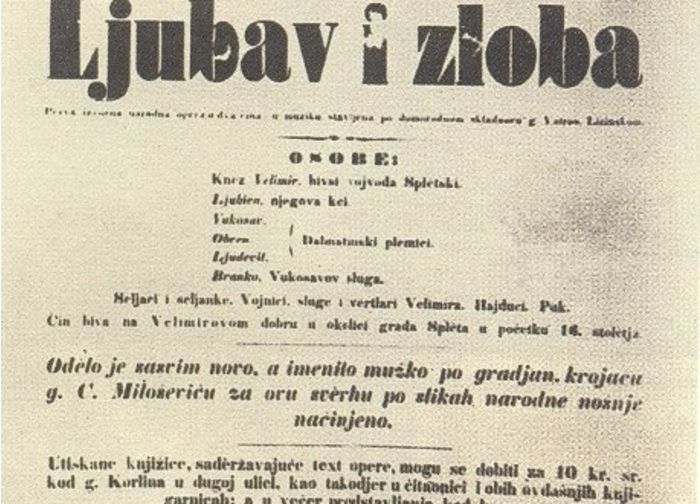
March 29
Andrija Maurović was a renowned comic book author, often called the father of Croatian and Yugoslav comics, born on this day in 1901. Maurović was born in the village of Muo (part of Kotor) in Boka Kotorska in present-day Montenegro (at the time in Austria-Hungary) to a family of Slovene-Montenegrin origin. After a short stay in Kraków, Poland, he moved with his family to the nearby city of Dubrovnik where he attended elementary and secondary school. Following the recommendation of the writer Ivo Vojnović, he enrolled at the Academy of Arts in Zagreb. Soon he got into conflicts regarding norms and rules because the academy prevented students from working during their studies. At that time he started illustrating books, weekly and daily newspapers, and working for graphic institutions, booksellers and editors, particularly for St Kugli. As one of the best students, particularly in drawing, he dropped his first academic year. In 1935, he created his first comic Vjerenica Mača, which was published in the Zagreb newspaper Novosti. In the same year Maurović co-launched Oko, the first Yugoslav comics magazine. In 1949 the 9th Chess Olympiad management requisitioned a new style of chessmen. Andrija Maurović, a chess player was contracted to design the Dubrovnik chess set. The pieces were made in the workshop of master craftsman, Jakovljevič, in Zagreb.
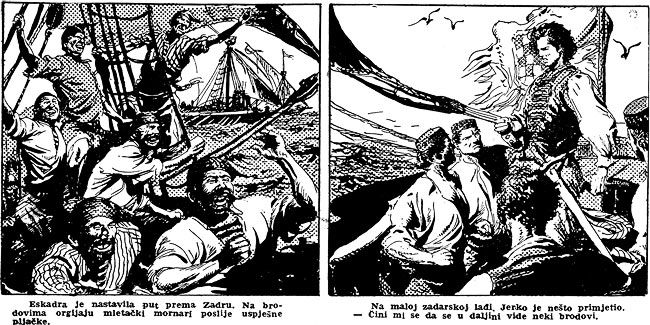
March 30
Born in 1984, Mario Ančić is a Croatian former professional tennis player who currently works as an investment banker in New York City. He won three singles titles and five doubles titles. His career-high singles ranking came during the 2006 ATP Tour, when he reached world no. 7. Ančić helped Croatia to win the 2005 Davis Cup and at the Athens Olympic Games in 2004, he and Ivan Ljubičić won a bronze medal in doubles for Croatia. As a teenager making his Grand Slam debut at the 2002 Wimbledon Championships, he defeated seventh-seeded Roger Federer. His best performance at Grand Slams came at the 2004 Wimbledon Championships, when he reached the semi-finals. During 2007 and 2008, mononucleosis and minor injuries forced him to miss many major events, and his ranking dropped from No. 9 in January 2007 to No. 135 in January 2008.

March 31
In 614, Slavs invaded the eastern coast of the Adriatic, pillaging, plundering and destroying Salona, the capital of the then Byzantine province of Dalmatia. The survivors took shelter behind the walls of the Emperor’s palace nearby, forming thus a settlement which will become known as Split. Split became a Byzantine city, to later gradually drift into the sphere of the Republic of Venice and the Kingdom of Croatia, with the Byzantines retaining nominal suzerainty. For much of the High and Late Middle Ages, Split enjoyed autonomy as a free city, caught in the middle of a struggle between Venice and the King of Hungary for control over the Dalmatian cities.
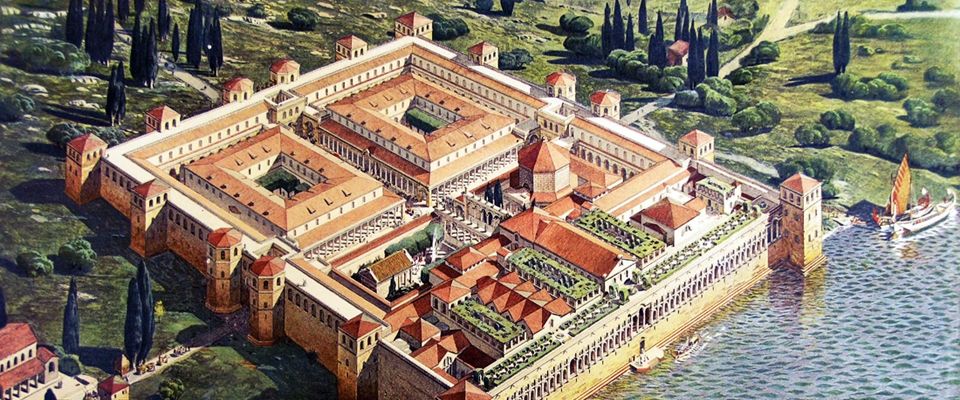
April 1
Il Regio Dalmata – Kraglski Dalmatin was a bilingual weekly newspaper, written in Italian and Croatian, which was published in Zadar by the French government between 1806 and 1810. It was the first newspaper published in the Croatian language. Il Regio Dalmata – Kraglski Dalmatin had eight two-column pages. The left column was in Italian and the right was in Croatian. Some articles were written only in one of the two languages.The basic purpose of the newspaper was to represent and promote the French government by publishing its laws, regulations and decrees. The articles covered a wide range of topics: economy, politics, law and legislation, religion, cultural history, education, military, commerce and others. Much attention was paid to health care issues. It ceased to exist on this day in 1810.
